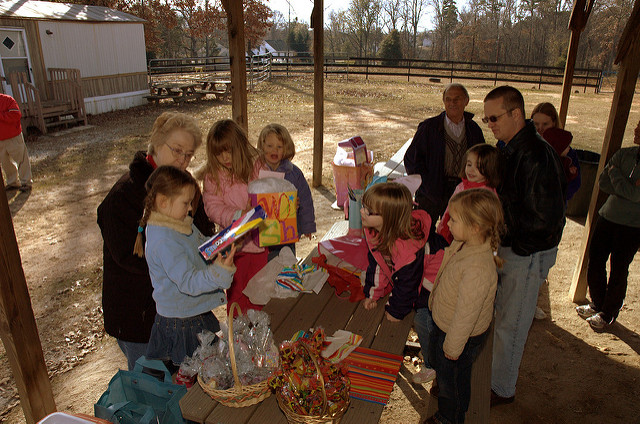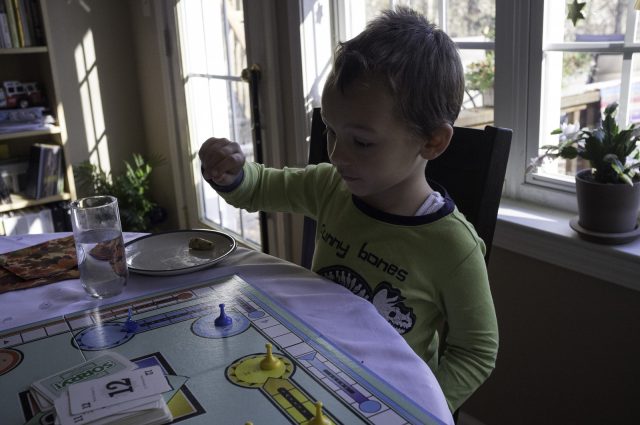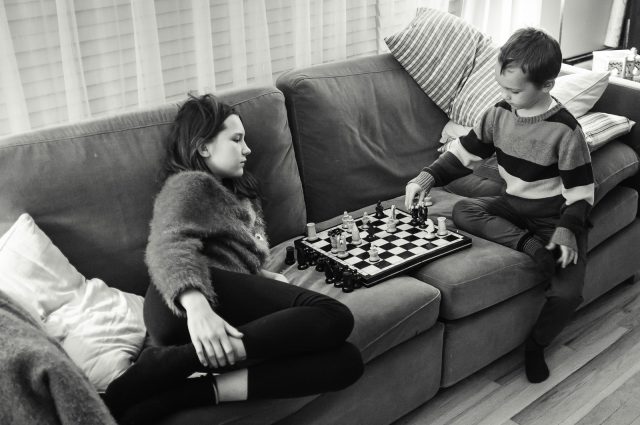At some point in the day, I often look at the “Time Machine” module at the bottom of this blog to see what was going on one year, two years, ten years ago. The other day, this one popped up: L’s fourth birthday party.
I clicked through and read. It was the party we had at the horse farm near our house. A fun party that involved lots of brushing horses, talking about horses, and even riding horses.
A picture from L’s fourth birthday party stopped me.
I didn’t recognize a single person — not one adult or child — other than family. It’s not that I looked at a child or a parent and thought, “Yeah, I remember her. What was her name?” It was as if I was looking at people I’d never seen in my life. Complete strangers.
I find that lots of commenters that visited the site in the early days, when I promoted it, have not maintained their own hobby-horse blogs — sometimes for over ten years. Some of them were simply one-time commenters, probably leaving a comment just with the hope of a follow-up visit to their site. But some of them were regular commenters who have completely disappeared, and their own blogs with them. And here I am, fourteen years later, still plugging away at it, not promoting it, writing for myself as something of a journal replacement, but occasionally wondering where everyone went.










